African safari little five animals
You’re likely familiar with the Big Five. Now meet the Little Five, the fascinating animals that are a bit harder to spot.
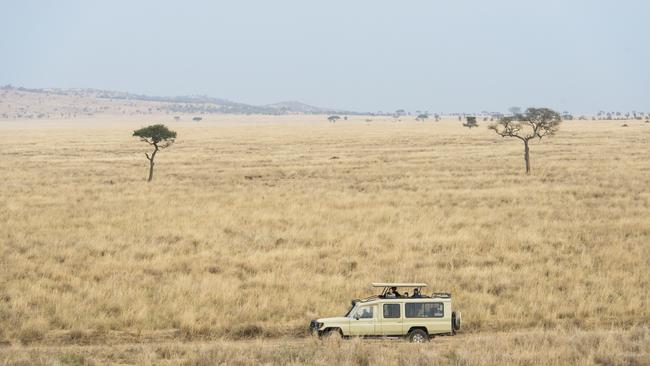
Anyone who’s been on safari in Africa knows of the Big Five and, like me, would have juggled a spotter’s checklist, binoculars and camera hoping one or more of the mighty creatures would appear. Rhino, Cape buffalo, lion, leopard and elephant form the quintet. I once asked a guide in Tanzania’s Tarangire National Park why the hippo wasn’t on the list. “It’s because the hippo is too ugly,” he laughed. But as we chatted further, he disclosed that the Big Five term originally referred to game trophy hunting, a practice still permitted in countries such as Namibia, Zimbabwe and South Africa, although thankfully the highly endangered rhino is off limits. Upon his election in 2018, Mokgweetsi Masisi, president of Botswana, reintroduced elephant hunting to “control herd numbers, reduce elephant-human conflict and create jobs”. But it’s also been an initiative to fill government coffers with loads of loot as trophy hunters now pay as much as $50,000 to bag a tusker.
Perhaps it’s as well that the list of paramount beasts can be stretched to the Big Nine, adding hippo, cheetah, zebra and giraffe.
It’s more a jokey marketing concept than a recognised category but my go-to guy in Tarangire reckons everyone should learn the collective nouns for these animals (see More to the Story) as this will enhance “how to perceive their movement, characteristics and power”. He also approves of “customising” the descriptions of herd animals to suit various occasions. As we watched several lionesses stalk an impala late one afternoon, he asked me for my suggestion to sum up a pack of these ace female hunters. I came up with a “hunger” and he thought that was “first class”. In my opinion his “prowl” was better, so we rotated the two on subsequent drives and laughed long and loud at every opportunity.
But what about the Little Five? I thought another guide was joking when he mentioned this cohort.
I asked him if he knew of the Famous Five, which confused things even more. But I can’t imagine Enid Blyton sending George, Julian, Anne, Dick and Timmy the dog into the wilds of the bush. Surely trotting on ponies and spotting badgers would have been more their stride.
The Little Five, it transpires, covers the rhino beetle, buffalo weaver, ant lion, leopard tortoise and elephant shrew. Armed with this new knowledge, my notions of safari spotting changed.
Drives into the bushveld are not just about hero sightings but the marvels to be found within the scrub and deep in the plains.
There are small and sometimes quirky creatures that form a vital part of the natural cycle and can be so easily overlooked. But if you take your eye off the game, as it were, and train binoculars up and down at birds and skittering animals, your perspective alters, and the rewards can be just as enriching. I once saw a leopard tortoise meandering across a track in Zambia’s North Luangwa National Park and, despite the massive contradiction in size, it seemed every bit as haughty and certain as its feline namesake.
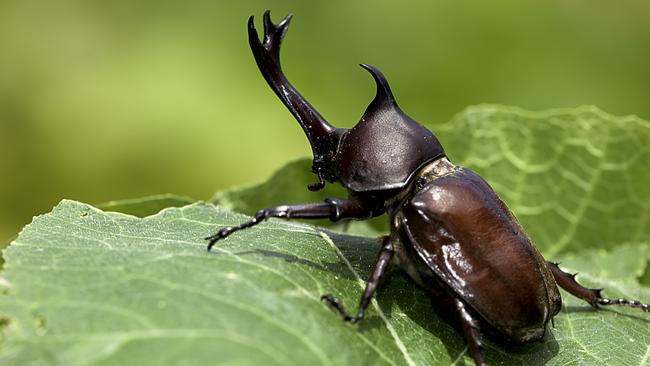
Rhino Beetle
To understand the name of this scarab, you need only look at its hooked horn, used to fight off competitors as it digs for its favourite food, which includes bark, sap, fallen fruit and organic matter. But more intriguing is that for its size it’s considered the strongest creature on Earth, estimated to be able to lift up to 850 times its body weight. “That’s like a human hoisting four double-decker buses filled with passengers,” according to various sources. But there’s ongoing debate that the dung beetle is actually stronger. Meantime, for either beetle, up-ending a wayward safari vehicle would seem a mere warm-up.
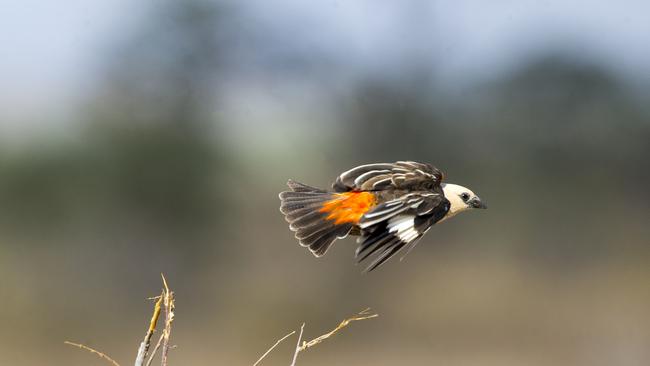
Buffalo Weaver
The two species in this avian category are common black and white-headed. They’re relatively large members of the weaver clan and are found in dry areas, mostly in east Africa, where they feed on grass seeds and insects. They build large, communal nests of twigs and thorns and are easily spotted foraging in noisy flocks near herds of Cape buffalo or pecking flies or lice from the grazing animals’ backs.
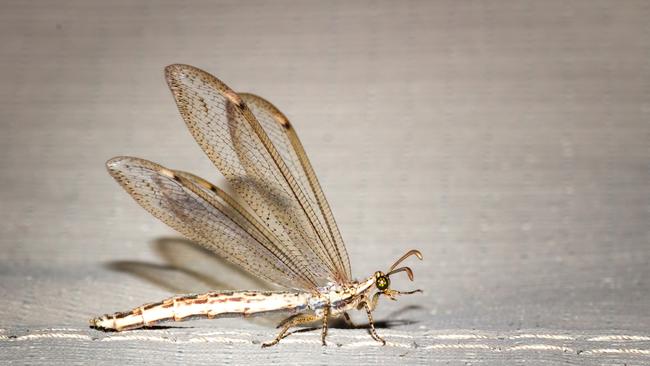
Ant Lion
This insect species is widespread on the African continent but most commonly found in Kenya and Tanzania. Adults are nocturnal and resemble dragonflies, but the larvae of these highly predatory critters dig pits to trap their prey, including other ants. The wavering trails they imprint in soft dirt and sand are so sketchy that the ant lion is known in North America as a doodlebug.
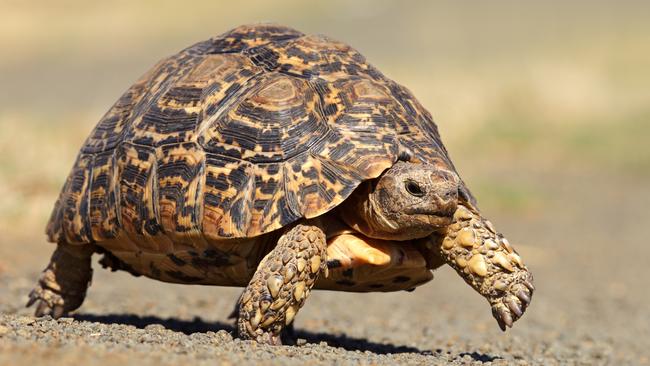
Leopard Tortoise
With a less ambiguous name than other Little Five members, this species of tortoise has distinctive markings resembling a leopard’s coat on its domed carapace. Herbivorous and often living in abandoned jackal or fox holes, they favour semi-arid grasslands or savanna and are most commonly found in South Africa. Patterns on the shell are more pronounced and colourful in juveniles, fading as the tortoises mature.
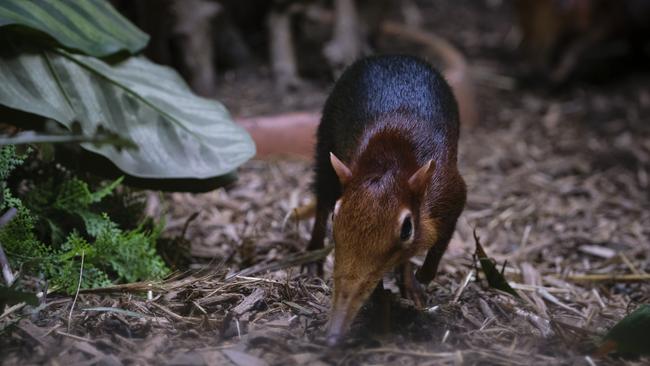
Elephant Shrew
One guide described the elephant shrew to me as “a shy fellow” and I’ve never spotted one. These mammals are related to aardvarks and identifiable by their trunk-like snouts, hunched backs and elongated heads; they have a keen sense of smell, perfect for sniffing out insects. They’re known to hop almost a metre in one bound and are endemic to southern Africa, favouring dense habitats such as woodlands.
In the know
The Small Five are most commonly spotted on guided walking safaris, including excursions with trackers from camps and lodges in eastern and southern Africa. To combine with sightings of some or all of the Big Five, consider Sabi Sabi Private Game Reserve’s four camps and lodges (South Africa); Sanctuary Retreats’ camps and lodges (Tanzania, Botswana, Kenya, Zambia, Uganda); and properties within the African Bush Camps portfolio (Zimbabwe, Botswana, Zambia).


To join the conversation, please log in. Don't have an account? Register
Join the conversation, you are commenting as Logout